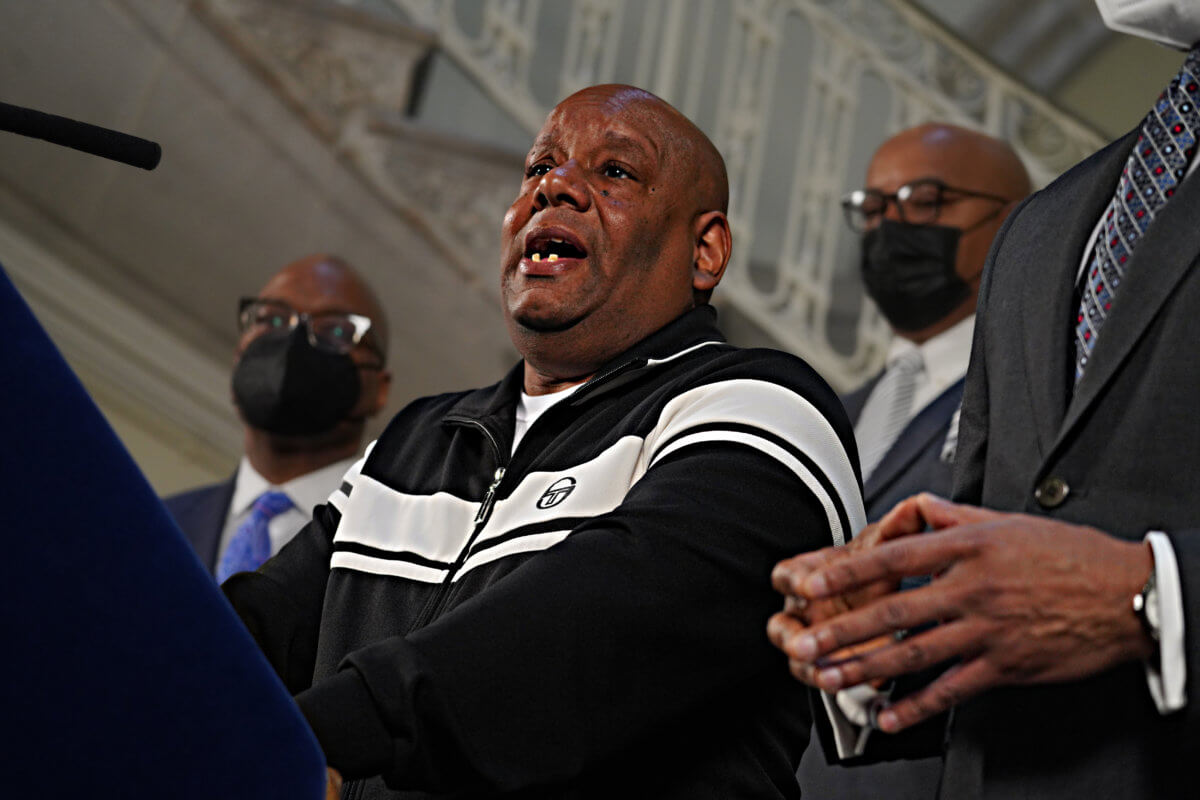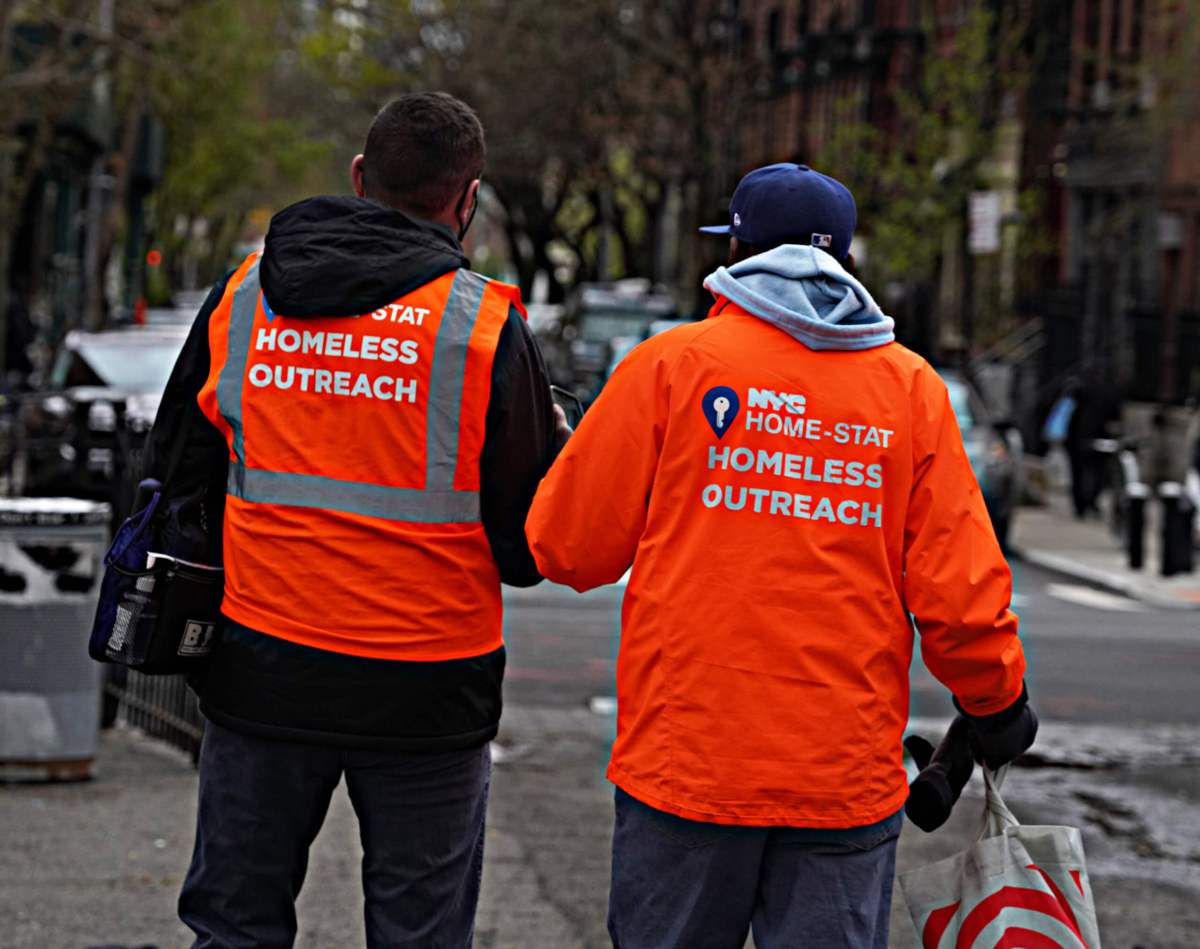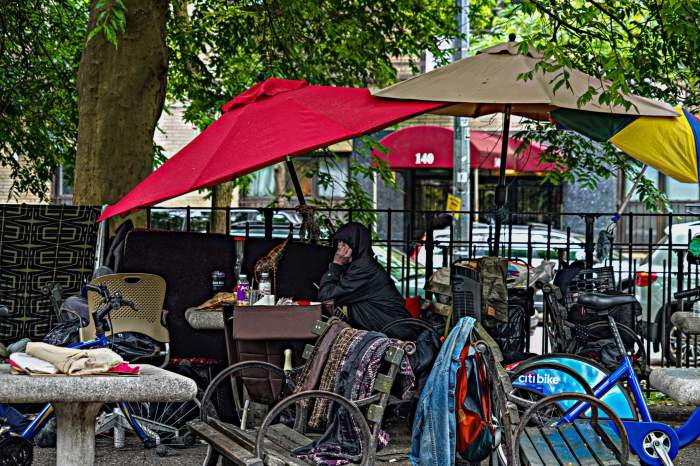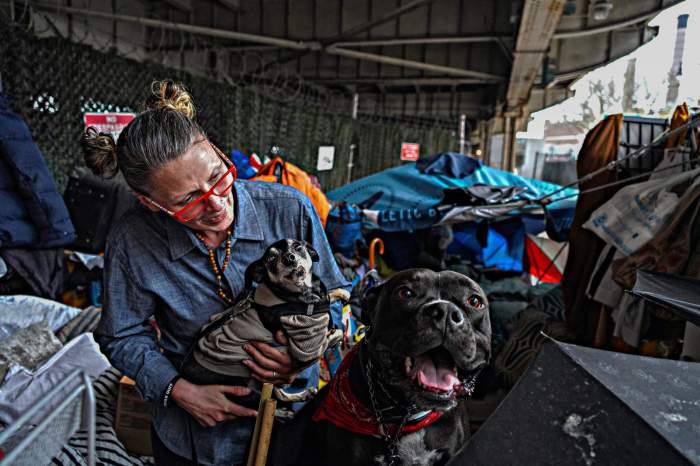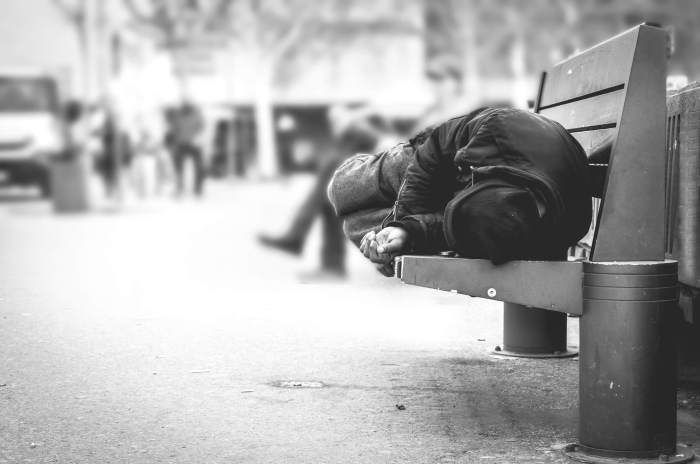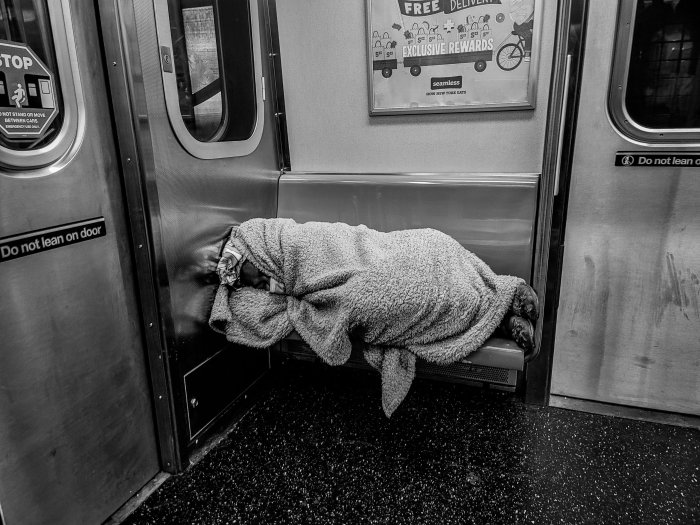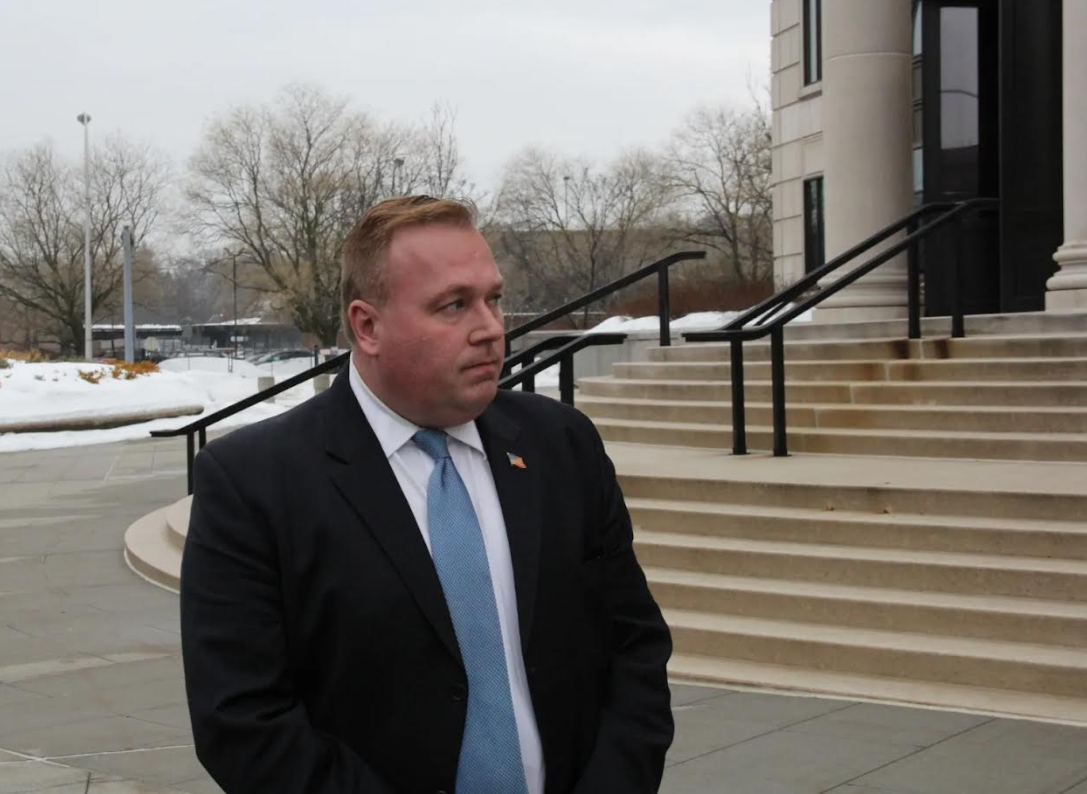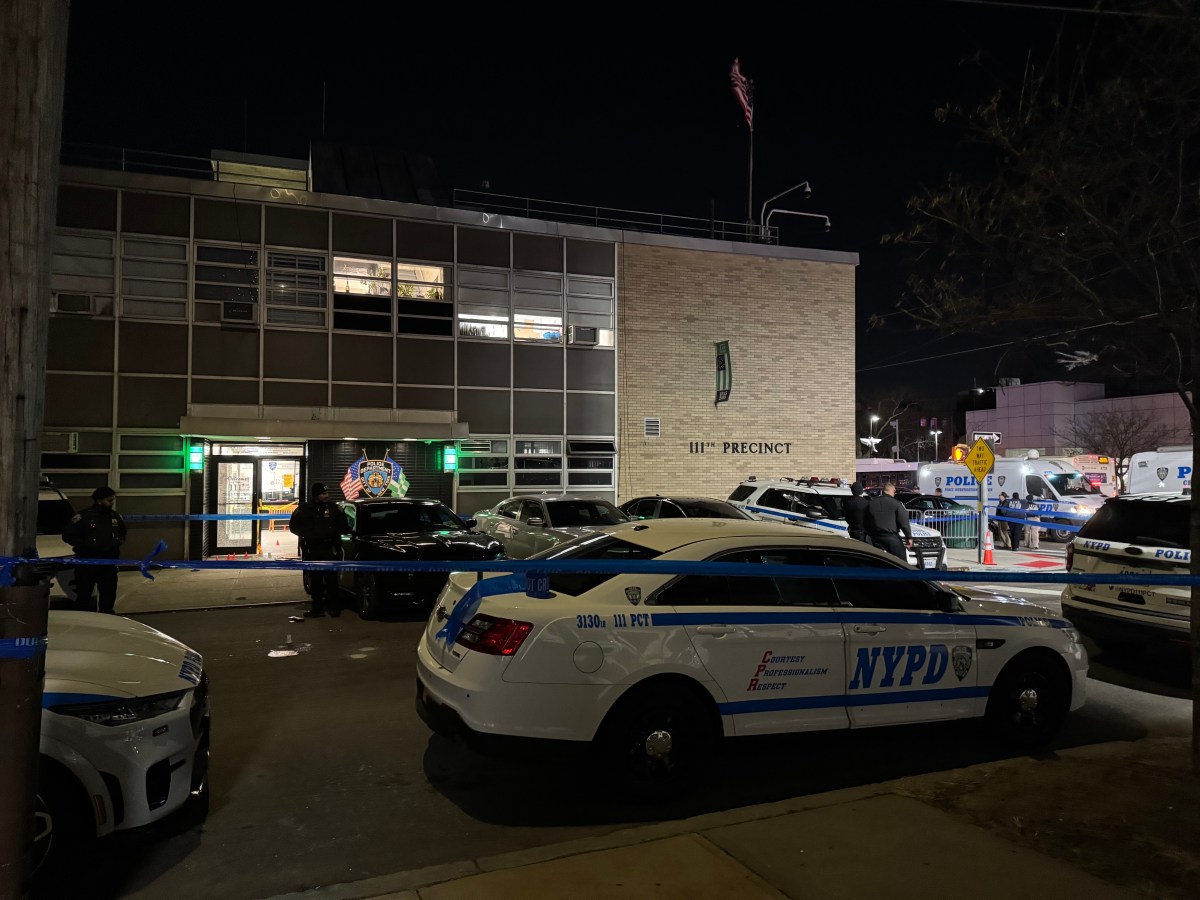Mayor Eric Adams announced Sunday the largest investment made by any city administration to combat homelessness.
Adams declared that his administration will add more than $170 million in the Fiscal Year 2023 executive budget to provide what he says will be high-quality services and resources for homeless New Yorkers.
The announcement comes as his administration works to dismantle homeless encampments throughout the city and get unhoused individuals out of the subway system. Both efforts received criticism among advocates and homeless people themselves, many of whom said they don’t want to be forced to return to city-run homeless shelters that have proven unsafe in the past.
But Adams said the funding will be used for “Safe Haven” and supportive housing beds that offer residents a peaceful and stable environment by which to rebuild their lives. It’s an effort to build confidence among homeless residents to accept the help the city’s offering them.
“This is not a one and done. This is a baseline that every year this is going to have the funding will include expanded outreach efforts to connect those in need to specialized resources,” Mayor Adams said. “This funding will help expand these efforts including safe havens, stabilization beds, and drop off centers. These are the things people have stated constantly, these are the things you need to do, so now here’s the partnership: Every elected official, every advocate, the state, we want these types of beds we’re saying to them, join us, you know, join us we’re not going to oversaturate one community with the beds that we’re looking for because we have done that historically. We’re not going to do that. This is New York City’s problem, so New York City must ensure that this is happening correctly.”
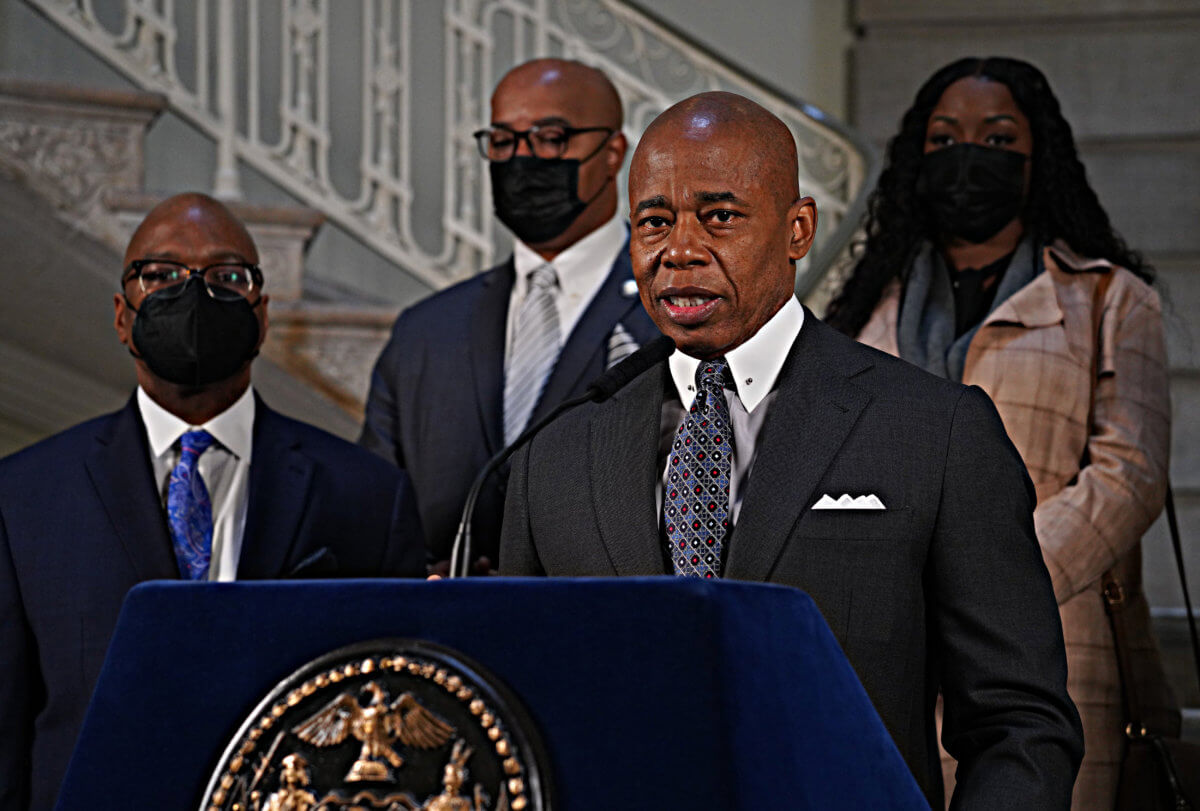
When the sweeps began, the number of those who took homeless outreach up on services were in the single digits, now Adams boasts that numbers has climbed to over 700. He affirmed that this new investment will fund 1,400 low barrier safe haven and stabilization beds, bringing the total to over 4,000 beds and promises to “aggressively” expand and enhance outreach efforts.
Following what has been weeks of ferocious homeless camp removals, including having NYPD officers arrest undomiciled individuals who attempt to prevent their meager homes from being destroyed, the mayor now the promises the process is about building trust.
Responding to a question from amNewYork Metro inquiring if he thinks this investment can prevent a revolving door of arrests and rebuilt encampments, the mayor believes the key component in this investment and that trust.
“So when you have ten people that say: we’re no longer living on the street like this, and two of the ten decide we are now going to find another location. Sometimes we miss the eight. The eight that have made the decision, either they didn’t want to go back home or they’re going to take us up on our safe havens, or they going to find other ways to make sure to have the proper housing and then we’re going to go back to the two we’re going to continue to build trust. We have an amazing group of people on the street every day building that trust,” Adams said. “We’re showing compassion, caring, and we have to be built to trust.”
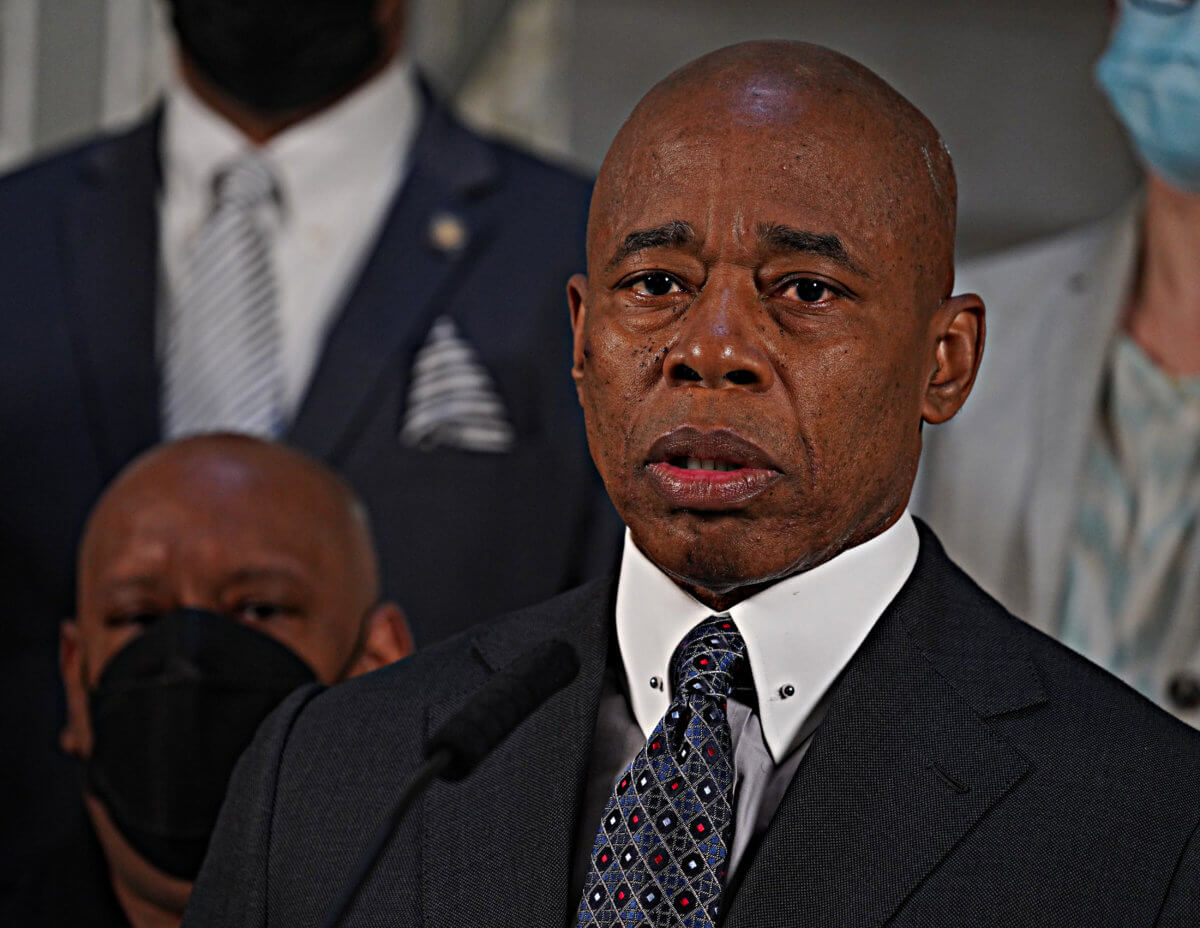
Not everyone was pleased with this announcement.
Members of Anarchy Row — a homeless encampment on the outskirts of Tompkins Square Park — have faced a revolving door of removals and arrests as they strove to keep their homes. Johnny Grima showed scrapes and cuts left from his three arrests while Kevin Parker said the stress of the sweeps contributed to him suffering a heart attack, and now with their tents gone they have insufficient means to keep them comfortable. It is due to this they say they are skeptical of being able to garner trust.
Grima likewise told amNewYork Metro that he was skeptical of the investment and the new beds they will bring. Citing previous experiences, Grima says he wasn’t treated like a human being in previous shelters.
Still, his view on the city’s help would change if the aid turns out to be genuinely helpful and supportive.
“You know, you’re treated like you have no rights, the staff talk down to you. If they would change their policy to include your own bathroom and kitchen area and you could sign a lease so you have tenant rights and they can’t discharge you, then I would consider it,” Grima said.
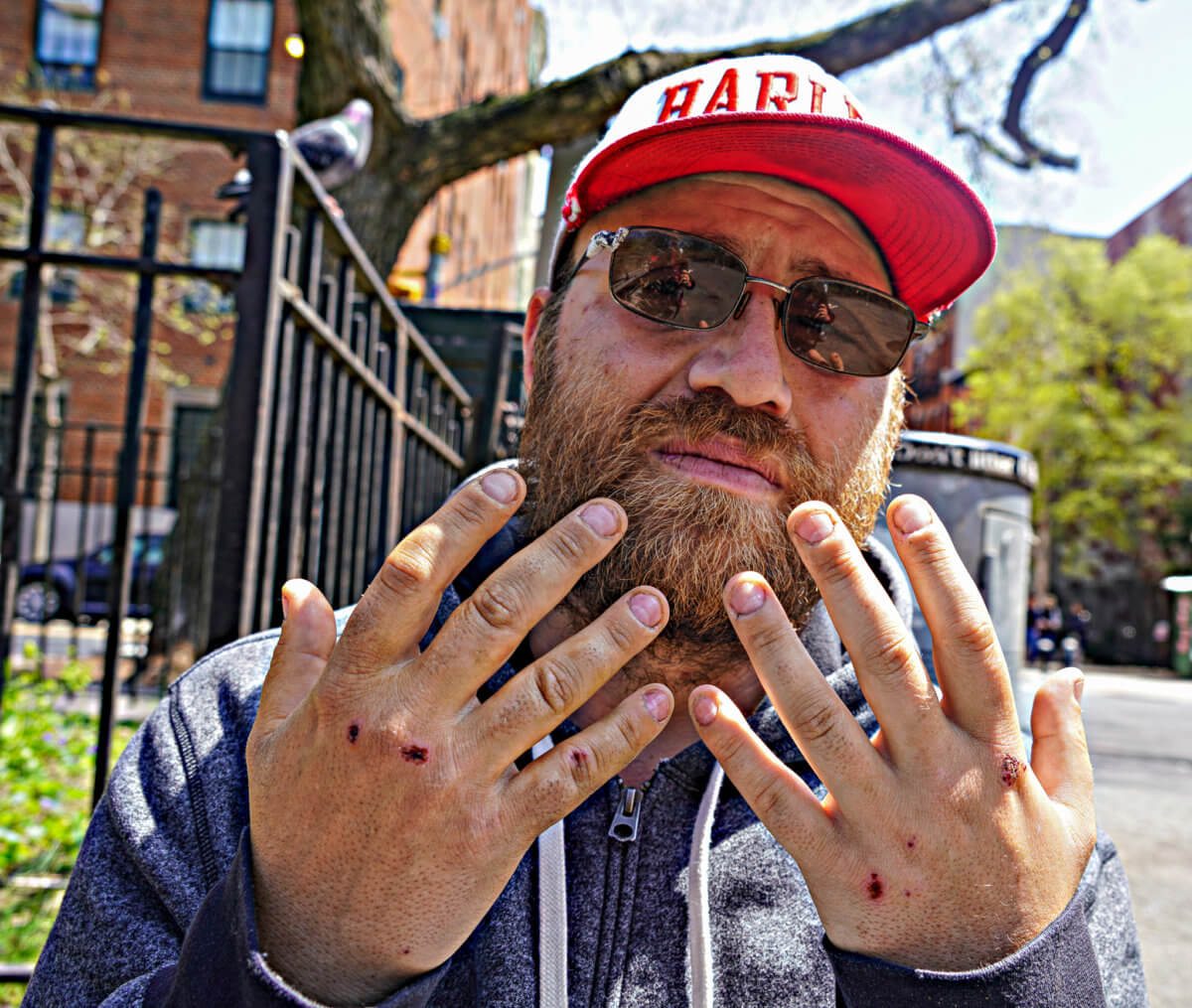
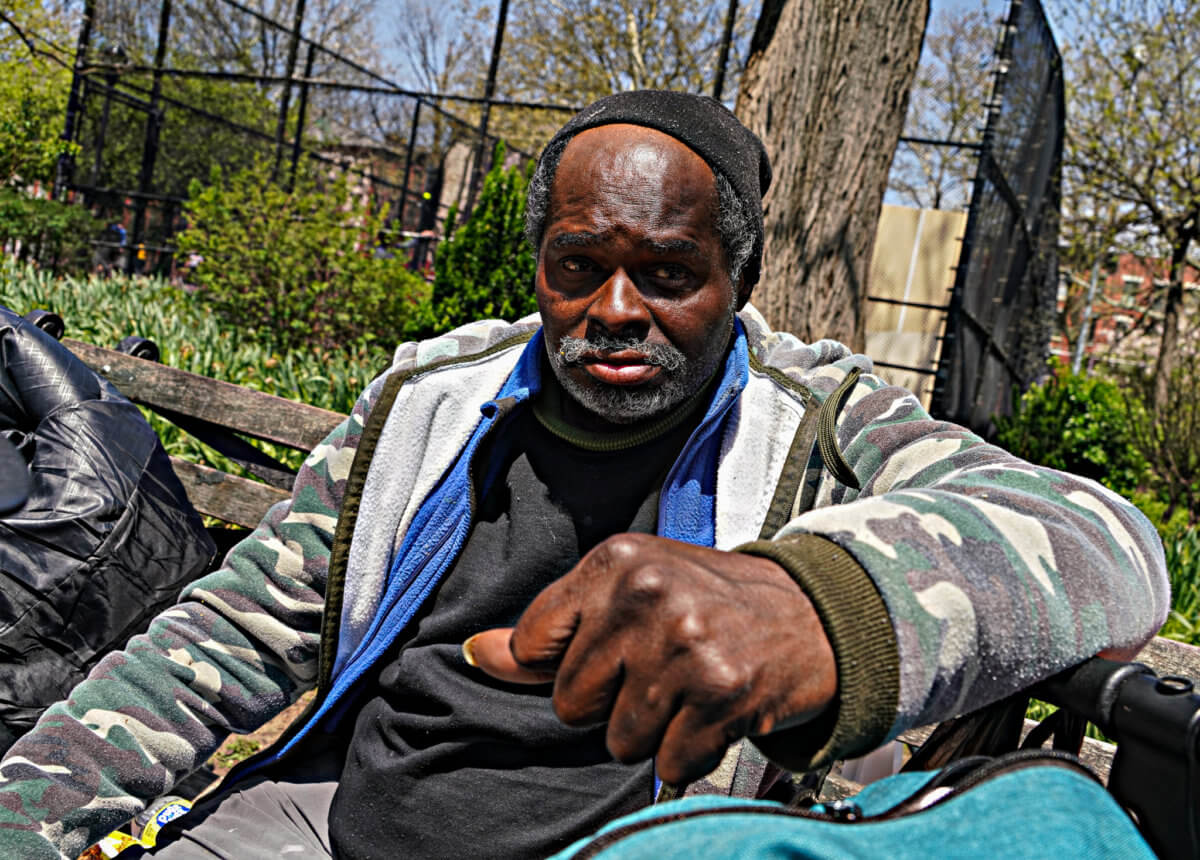
Shams DaBaron, also known as the Homeless Hero, has likewise experienced homelessness since he was a child, going from foster care to the streets of New York. Recently he has been working with Adams by giving his input on the crisis. He now applauds the mayor for this investment.
“I was that person that you see in the street and subway. I had nowhere to go. I did seek help. But help for me was hard to find. I saw myself descend further into a place of disconnect. I felt the so-called system had failed me in their duty to protect and care for me as a child and it created problems for me as I grew up into adulthood. I grew to distrust the system. Like so many of my peers do. Yet today I am proud to say, it ain’t gonna be like that no more. Not for me and not for my brothers and sisters who are living on the streets,” DaBaron said.
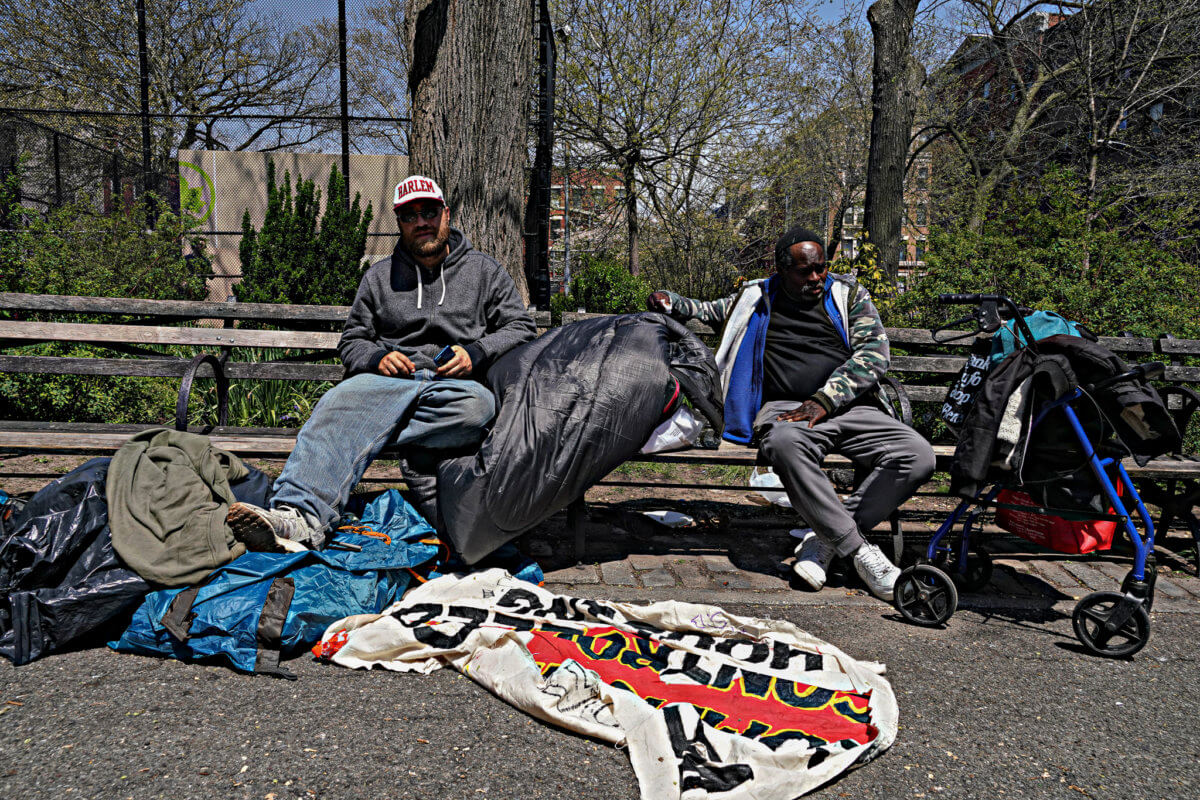
“I’m not fighting for my brothers and sisters to be on the streets, to be on the subways or to be in encampments. I’m fighting for them to be treated with dignity, respect, care and compassion. I’m fighting to get them housed but on that journey to housing they’ll have a better option than those congregate settings,” DaBaron added, sharing that there will be workers that unhoused individuals can engage with who will help provide safe haven and stabilization, as well as medical and mental health services through the mayor’s initiatives.
DaBaron believes that with the funding the mayor is putting toward creating more beds and resources, better opportunities and change will come especially with support from all levels of state and federal government.
